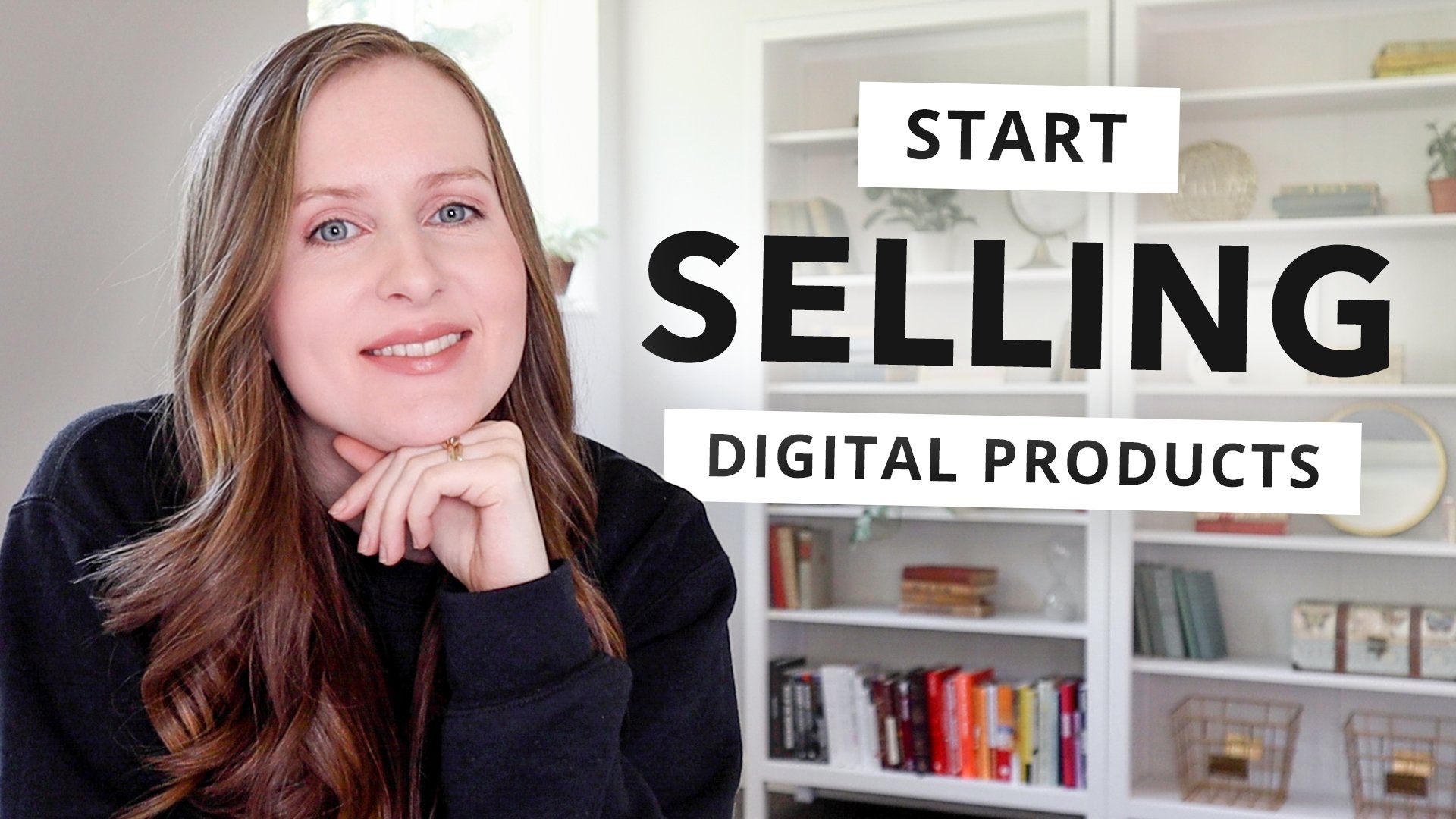Introduction
The digital product market is booming, with entrepreneurs earning over $100 billion annually from ebooks, courses, templates, and more. But with so many creators competing online, how do you ensure your product stands out—and sells? This guide breaks down actionable steps to design, launch, and profit from digital products that resonate with your audience.
Why Digital Products?
Digital products offer unmatched scalability:
- Low overhead costs (no inventory or shipping).
- Passive income potential (sell 24/7, even while you sleep).
- Global reach (tap into audiences worldwide).
But success hinges on solving real problems. Let’s dive into the process.
Step 1: Identify a Profitable Niche
- Example: Instead of “yoga guides,” target “postpartum yoga for busy moms.”
- Validate demand using tools like Google Trends, Reddit communities, or Amazon bestsellers.
Pro Tip: Use AnswerThePublic to find unanswered questions in your niche.
Step 2: Choose the Right Product Format
- Courses/Tutorials: Ideal for skill-based niches (e.g., “SEO Mastery for Bloggers”).
- Templates/Plugins: Save time for busy professionals (e.g., Canva social media kits).
- Memberships/Subscriptions: Recurring revenue (e.g., exclusive stock photo libraries).
Step 3: Build a High-Quality Product
- Invest in design: Use tools like Canva or Adobe Illustrator for polished visuals.
- Add value: Include bonuses (checklists, community access) to justify pricing.
- Test rigorously: Beta-test with a small group to fix gaps before launching.
Step 4: Price Strategically
- Competitor analysis: Charge 10–20% more if your product offers unique features.
- Tiered pricing: Offer basic, premium, and bundle options (e.g., 29ebookvs.199 course + coaching).
Step 5: Launch and Market Like a Pro:
- Pre-launch buzz: Tease the product on social media and email lists.
- Leverage SEO: Optimize product pages with keywords like “budget meal planner PDF.”
- Partner with influencers: Offer affiliate commissions for promotions.
- Run limited-time discounts: Create urgency with countdown timers.
Top Platforms to Sell:
- Self-hosted: Shopify, WooCommerce (full control, higher fees).
- Third-party: Etsy, Gumroad (built-in audiences, lower customization).
Step 6: Retain Customers and Upsell
- Email marketing: Share tips, updates, and exclusive offers.
- Upsell: Offer advanced courses to existing customers.
- Collect reviews: Social proof boosts conversion rates.
Common Mistakes to Avoid
- Skipping validation: Don’t assume demand—test ideas first.
- Ignoring mobile users: Ensure your product works seamlessly on phones.
- Underpricing: Cheap products often signal low quality.
Tools to Streamline Your Workflow
- Design: Canva, Figma
- Hosting: Teachable, Podia
- Marketing: ConvertKit, SEMrush
Conclusion
Creating and selling digital products isn’t just about creativity—it’s about strategy. By niching down, validating demand, and marketing smartly, you can build a sustainable income stream. Start small, iterate based on feedback, and scale your success.
FAQ
Q: What digital products sell best in 2024?
A: AI prompt libraries, Notion templates, and niche micro-courses (e.g., “TikTok SEO for Artists”).
Q: How much does it cost to start?
A: As little as $50 (for design tools and a basic website).
Q: Can I sell without a large audience?
A: Yes! Use platforms like Gumroad or collaborate with influencers to tap into their followers.
Read more Article About Online Business & Entrepreneurship
